#Privateers
Text

A drunken English soldier accidentally giving away Francis Drake's planned ambush on the Spanish silver train at Venta Cruces in February 1573. Drake's expedition had trekked through the jungle to attack the train as it left from Panama City, capturing several mules laden with silver before escaping. Art by the great Angus McBride.
#francis drake#history#16th century#pirate#pirates#privateer#privateers#golden age of piracy#age of sail
52 notes
·
View notes
Photo

The Privateers, by Carl G. Evers (1907-2000)
166 notes
·
View notes
Text

A privateer, actually. It's an important distinction.
#nikolai lantsov#sturmhond#zoya nazyalensky#zoyalai#shadow and bon#shadow and bone memes#shadow and bones season 2#netflix's shadow and bone#shadow and bone#privateers#shadow and bone season 2#grishaverse#grishaverse memes#king of scars#six of crows duology#rule of wolves
116 notes
·
View notes
Text
Privateers and Pirates were two sides of the same coin. While pirates faced widespread condemnation for their antics, privateers garnered a degree of respectability. But why?
13 notes
·
View notes
Note
On the subject of "deniable sellsails (Braavos) uses to harass slavers", this is going a bit afield but with your knowledge of premodern/early modern society, do you have any thoughts about how this would work and be organized? I'm running a Pathfinder campaign where one of my NPCs spent some time as a privateer for the setting's most militant anti-slavery nation, and I'm wondering things like whether she'd need to be paid, or just make enough from the raids on slavers to be self-sustaining.
Good question!

So a commission or "letter of marque and reprisal" didn't usually come with a salary or the like. (Indeed, a big part of the appeal of privateers from the government's perspective was that they offered a way to conduct naval warfare without having to pay up front to build the ships and then keep meeting payroll thereafter.) However, as part of giving the privateer the right to conduct maritime warfare, the letter of marque would give the bearer the right to capture vessels as prizes of war, and to sell those prizes in an admiralty court.
Much like the indentures of Renaissance mercenary companies, the letter of marque would set out the precise percentages of sales that would go to the people who financed the voyage, the people who owned the ship, the captain and officers, the crew - and of course, the government took a share as well. So it was basically a "eat what you kill" model.
23 notes
·
View notes
Text
Santo Domingo, Dominican Republic, 2024. 🇩🇴








#meera.txt#personal#photography#my photos#travel#dominican republic#santo domingo#caribbean#reading week#pirates#privateers#15th century#16th century#sir francis drake#history#mine#black history#spanish history#english history#historical places#historical
7 notes
·
View notes
Photo



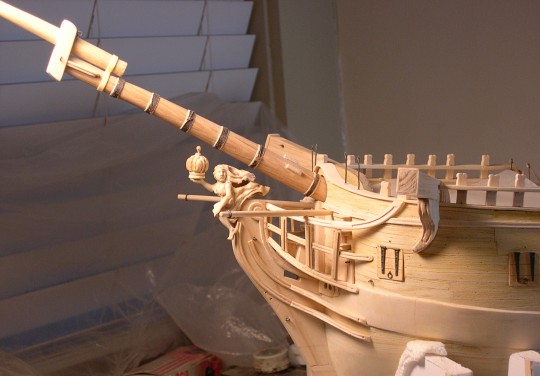
Research...research...and more research will give you the amazing answers to what you’re searching for. And yes, it takes patience (and sacrifice); but you will ‘arrive’! Here, after pouring over hundreds of figurehead images, I finally put together my version for the American privateer I’m undertaking.
What makes such work(s) sought-after is: originality, coupled with passion and focus. History also plays an important part to why I indulge in producing the concepts I do. After careful study, I was able to design this probable concept that graced the bow of this fighting ship -the American privateer of which 20,000 roamed the seas during the Revolution under The Letter Of Marque.
#age of sail#privateers#museum#naval ships#naval history#executive#the collector#collectibles#mariner#sailing#figurehead#news#nautical#maritime#artist#fineart#finest#woodworking#craftsman#innovation#engineering#research#scalemodel#model ship#oneofakind#scratch build#18th century
50 notes
·
View notes
Text
I was thinking about how privateers are just state sanctioned pirates and this happened

#piratesandcandles says things#the pirates of piratesandcandles#privateers#pirates#am i writing a hella queer retelling of twelfth night and i don't skimp on the pirates (rip to billy shakes but I'm different)? yes yes i a
2 notes
·
View notes
Text
Santo Domingo, Dominican Republic. 🇩🇴










#meerathehistorian#sir francis drake#16th century#santo domingo#dominican republic#caribbean#history#travel#photography#my photos#mine#pirates#privateers#queue are made by history
2 notes
·
View notes
Text
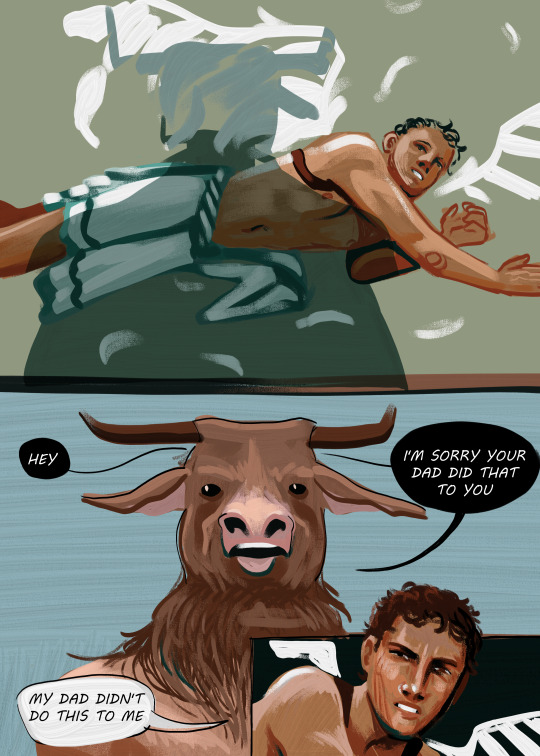
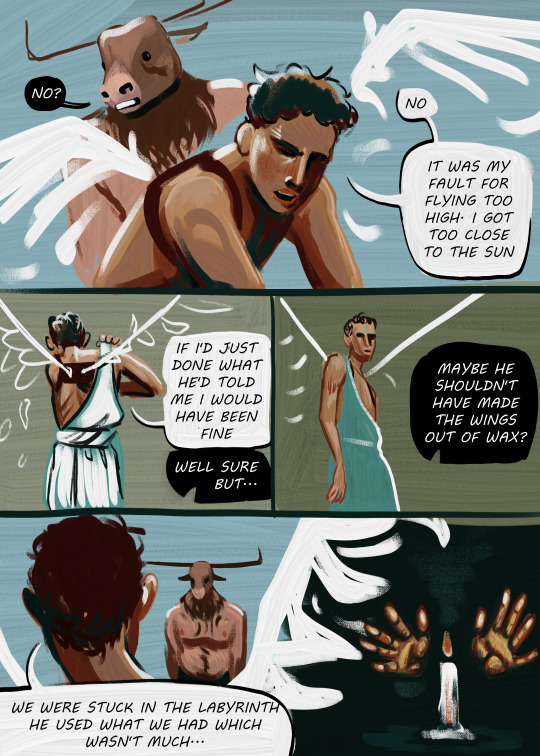

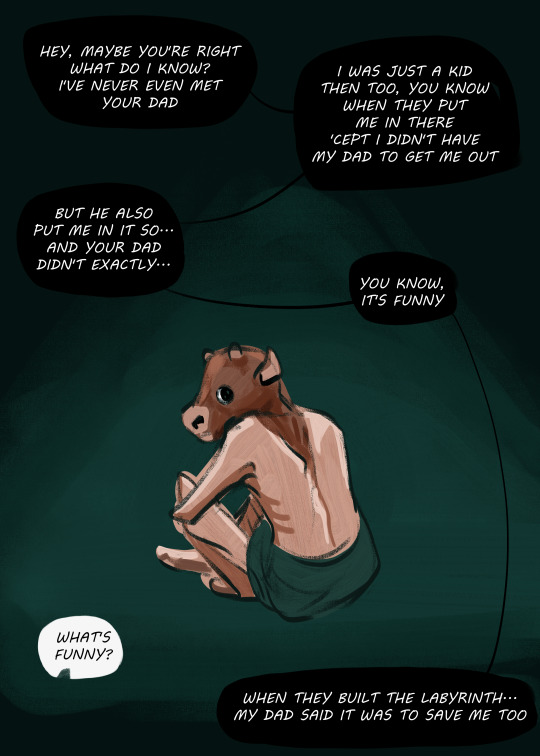

Sons Of The Labyrinth or The Things Our Fathers Do To Us
#tentatively unprivating to post this...might have to private again if the bots attack#death //#icarus#minotaur#daedalus#comics#greek mythology#pulled out my old classic greek myths book to go over the mythology for this and man...#daedalus was kind of a piece of work huh#art tag
59K notes
·
View notes
Text
Privateers
Privateers were legalised warships that were issued with a letter of marque by their principal, which authorised them to attack and plunder enemy ships in times of war. These ships were usually outfitted by a syndicate of merchants or other private financiers who invested capital in the hope of substantial profits. Although the government that placed such orders usually received a percentage of the profits, the actual benefits went beyond these monies. The privateers not only disrupted the flow of goods and supplies to enemy ports, but essentially provided the Crown with fighting ships that cost no more than a piece of parchment and a willing crew. This practice can be traced back to 1273, when Edward I of England used privateers against the French.

The celebrated English privateer squadron known as the 'Royal Family' engaging enemy ships during the War of the Austrian Succession. Commanded by Captain James Talbot, the squadron initially consisted of three armed ships, the 500-ton 30-gun flagship Prince Frederick, the 300-ton 20-gun Duke (Captain Morecock) and the much smaller Prince George, by Charles Brooking 1723-1759 (x)
Once a plunder was boarded, the general rules of plunder determined how the ship was to be plundered. Anything above the main deck was considered fair game for the ship's company and as such was unaccountable to those who had financed and equipped the expedition. Needless to say, this system could easily be abused, as sailors often secured items from the hold that they later found on the main deck. The booty itself was usually divided into ship plunder and cabin plunder, the former being fair game for the crew, while the latter was reserved for the captain of the privateer ship. He usually came out ahead, including the all-important nautical charts and navigational information about enemy waters. Many a captain accused of crossing the fine line between privateer and pirate saved his skin by presenting such documents to a grateful, indulgent monarch.
As soon as a ship was captured, it was seized and, depending on the circumstances, disposed of. The ship could be sailed to the privateer's home port and there placed in the hands of eager merchants - a good choice if it was particularly rich or captured near the end of the voyage - or it could be stripped of its cargo and all other valuables and sunk or set free, depending on the whim of the privateer. Another alternative was to prepare the ship so that it could serve as a privateer herself.

Two privateer vessels (Pride of Baltimore - left and Lynx -right), reenact a battle of the War of 1812 in Boston Harbor during Boston Navy Week 2012 (x)
In the remote colonies, goods were usually so scarce that the local merchants (even in hostile ports) would not think of buying the privateers' goods, even if they knew they had probably been stolen by their countrymen. The last resort was to call at the nearest friendly port and sell the ship. This was not appreciated, because the goods and the ship itself had to be presented to the prize court before they could be legally sold, but now and then they were written off as a loss.
However, it should also be borne in mind that privateers were often on the verge of legality, because as soon as the war situation changed, their status also became illegal. Therefore, it was often difficult to know exactly what was going on, and some of them quickly found themselves in the realm of piracy and could then be demoted from a celebrated privateer to an outlaw pirate and punished accordingly.
157 notes
·
View notes
Text
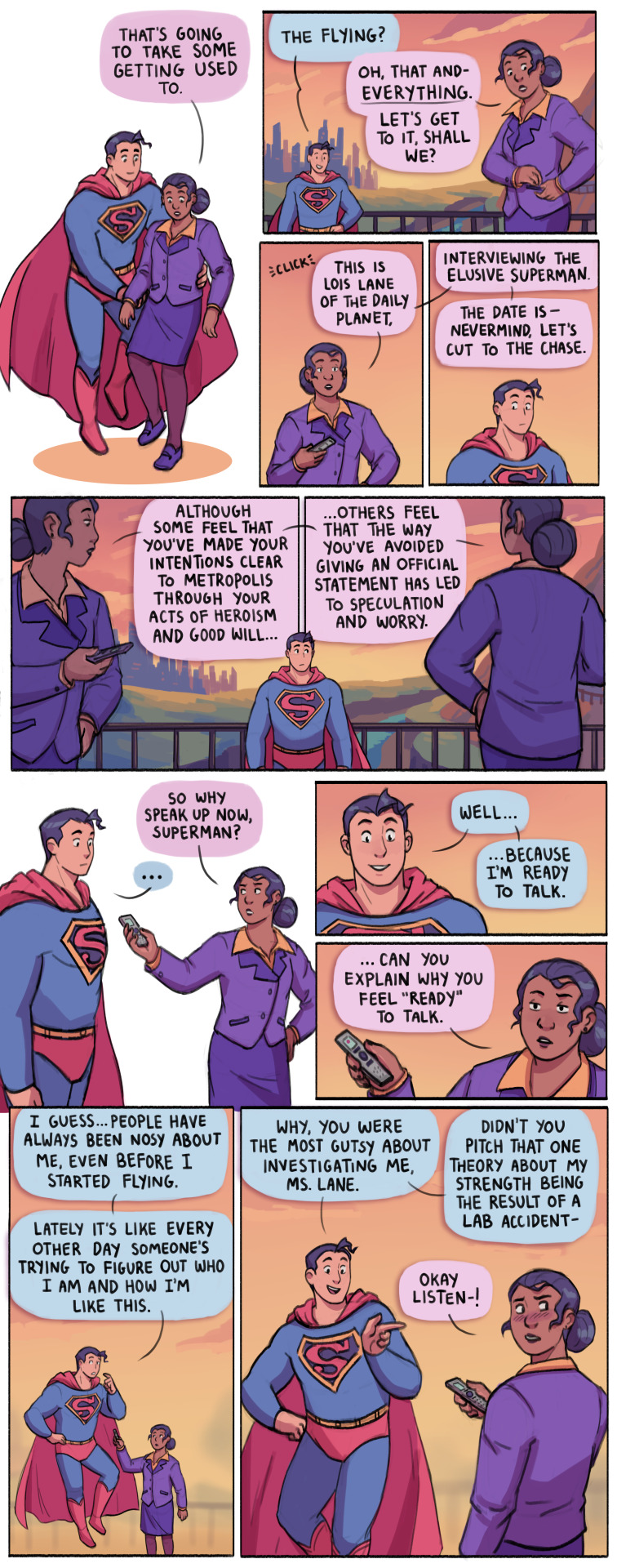


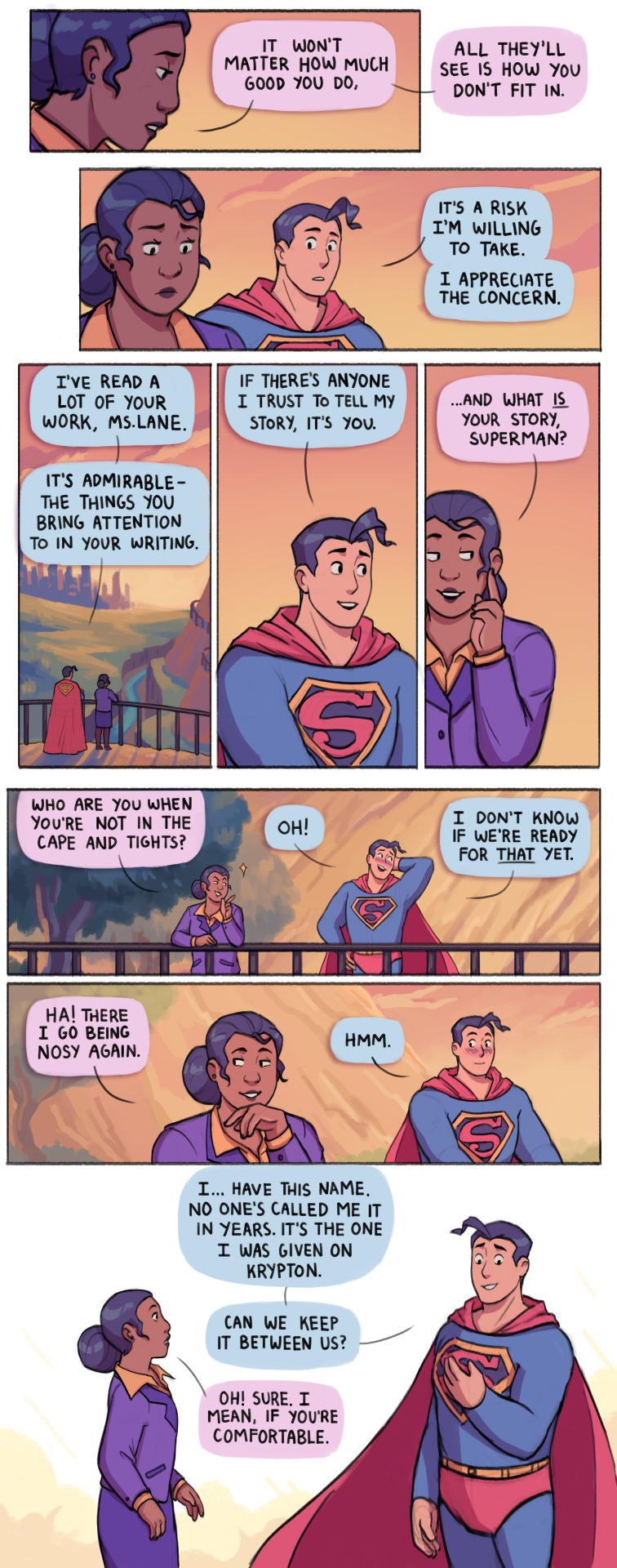
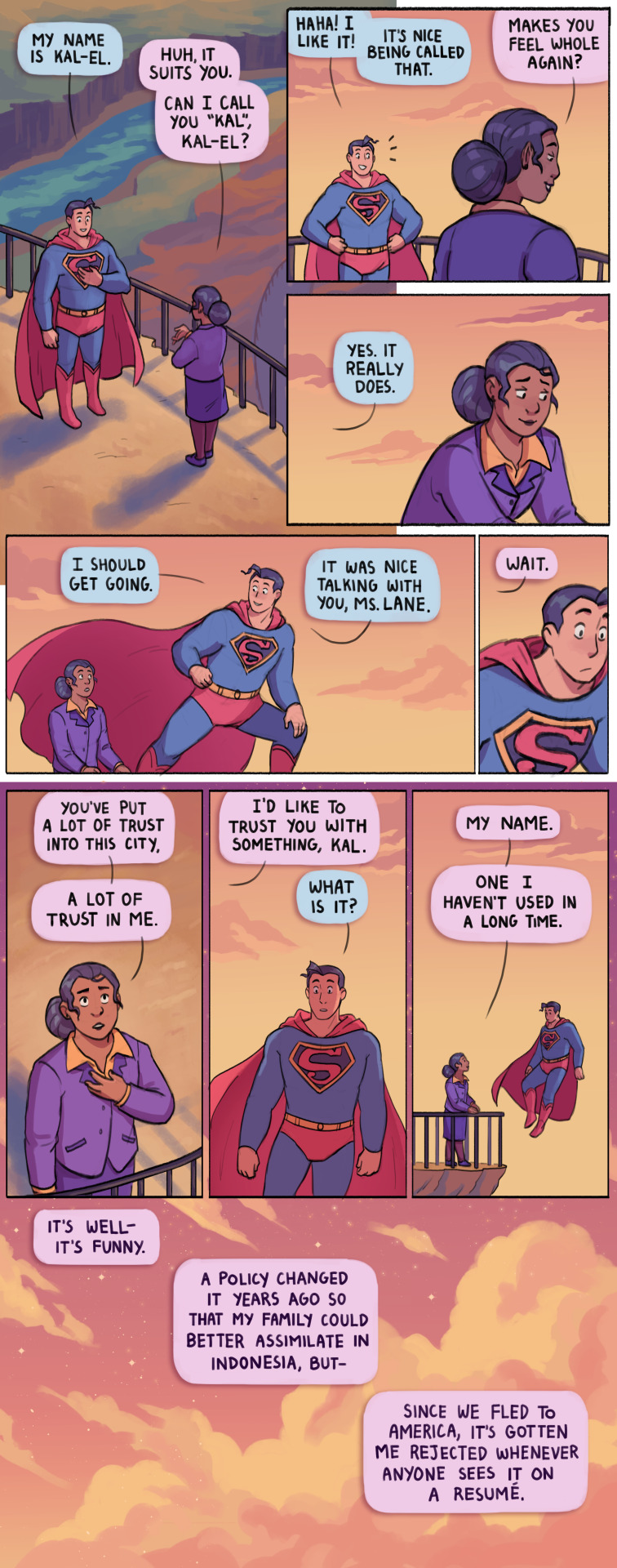

"Who Is Superman? A Private Interview with Lois Lane" a fancomic about hope and connection.
I've had this story in mind for so long and I'm very excited to be able to share it at last. Thank you for reading, and happy Lunar New Year!
#superman#clark kent#lois lane#clois#dc comics#my art#fancomic#long post#my immigrant clois love story agenda is HERE#I have big feelings over the superman private interview canon event- how differently an asian lois would make that scene play out#jl remix
35K notes
·
View notes
Text
What was the difference between a pirate and a privateer? Well, a privateer had a Letter of Marque, meaning they’d been commissioned by the crown to hunt specific targets.
8 notes
·
View notes
Text
What we need to do is convince all the disney adults in america that high speed rail would be a preferable way of getting to disneyworld compared to driving or flying. We could maybe harness their fondness for the monorail or something, but this is a group of people that has time, income, and passion that we could leverage. If we could direct 5% of the enthusiasm they have for limited edition popcorn buckets into calling their representatives and demanding high-speed interstate rail, we could get it by 2030
#at this point I don't care whether rail is privately or publicly funded#I'll ride the Mickey Mouse Express if it means not having to drive or fly everywhere#if you're on the disneyland side of the country I just don't have as strong a grasp on your psychology as a demographic#but I went to school with some twice a year disneyworld people#if you are a disney adult and you're reading this please don't take it as an insult#I don't think it comes off that way but you never know
68K notes
·
View notes
Text
On Discomfort and Morality
My father finds gay men uncomfortable.
He's told me before that it's like a knee-jerk for him. Something he doesn't consciously control. He sees two men behaving romantically, and his body reacts with mild discomfort.
In the 1960s, when he was in high school, most of the boys in his form thought he was gay on the simple fact that he wasn't homophobic. He wouldn't participate in insulting queer people, he didn't care if someone was gay, he wouldn't have a problem hanging out with gay people. So people thought he was gay. That's how prevalent homophobia was in his formative years.
When I was 10, my dad told me very seriously that Holmes and Watson were gay. That it was obvious from the literature and the time period that they were meant to be a gay couple. When I was 14 and I came out to my parents as bi, when my mum was upset my dad ripped into her for it. Told her that she was being stupid, that it was my life to live how I wanted to and that she needed to get over herself.
My dad formed my views on censorship: that being that it was completely ridiculous and thoroughly evil. He didn't believe in censorship of any kind. If I asked him a question about sex, he answered it honestly. When I was 12 and I asked him about homosexuality, still young and uncertain, he told me that there was nothing wrong with it. That it was just how some people were. That there was likely an evolutionary reason for it. And that for some people it was uncomfortable on an instinctual level.
He taught me that just because you're uncomfortable with something, doesn't make it wrong. He also taught me that most people don't understand this.
I see a lot of this on the internet as of the last few years. The anti shipping movement, the terf movement, the anti ace movement. It all stems from discomfort that people have crossed wires into believing means wrong. Really every -ism and -phobia out there stems from this same fundamental aspect of humanity.
The next time you see something and you automatically think it's disgusting, or wrong, or immoral, I invite you to ask yourself: is this actually wrong or does this just make me uncomfortable?
#shipping discourse#anti censorship#anti terf#my mum isn't homophobic#she was upset because she thought it meant i couldnt have children or a family#and this is something important to her#she was also not upset around me but to my dad in private
28K notes
·
View notes